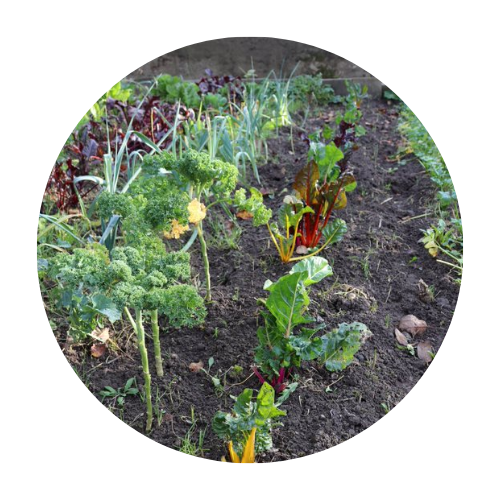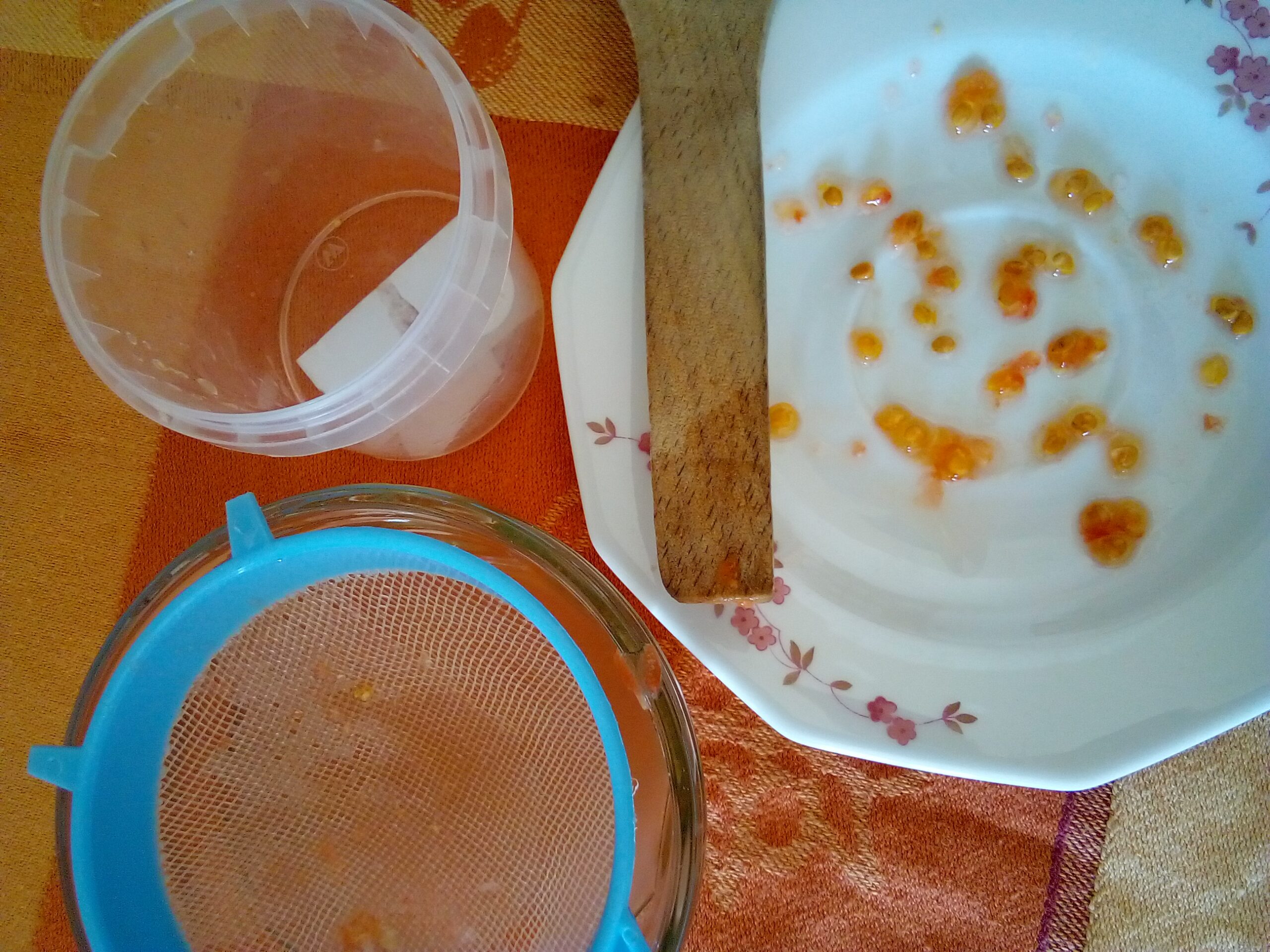Saving your own seeds is one of the most empowering skills in gardening. If you’ve ever wondered how to start with DIY tomato seeds, you’ll be surprised how easy it is. By collecting and storing seeds from your favorite tomatoes, you can grow new plants year after year—without buying a single packet. It’s budget-friendly, sustainable, and deeply satisfying. And best of all, you get to preserve the exact flavor you love, whether it’s a sweet cherry tomato or a juicy beefsteak variety.
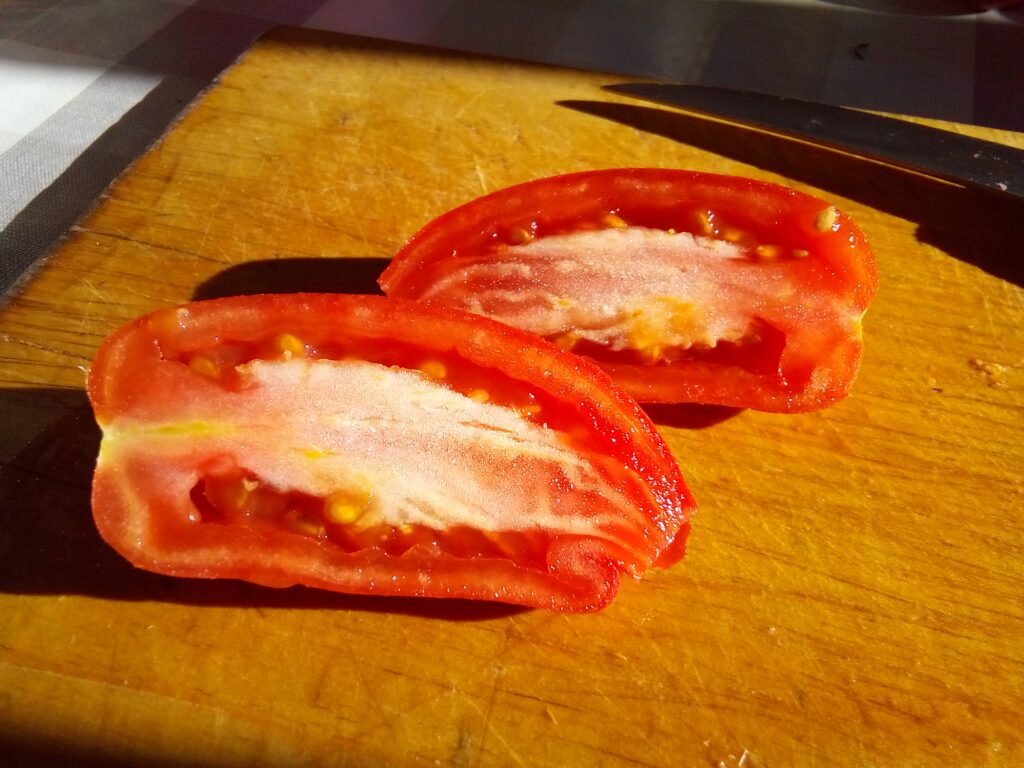
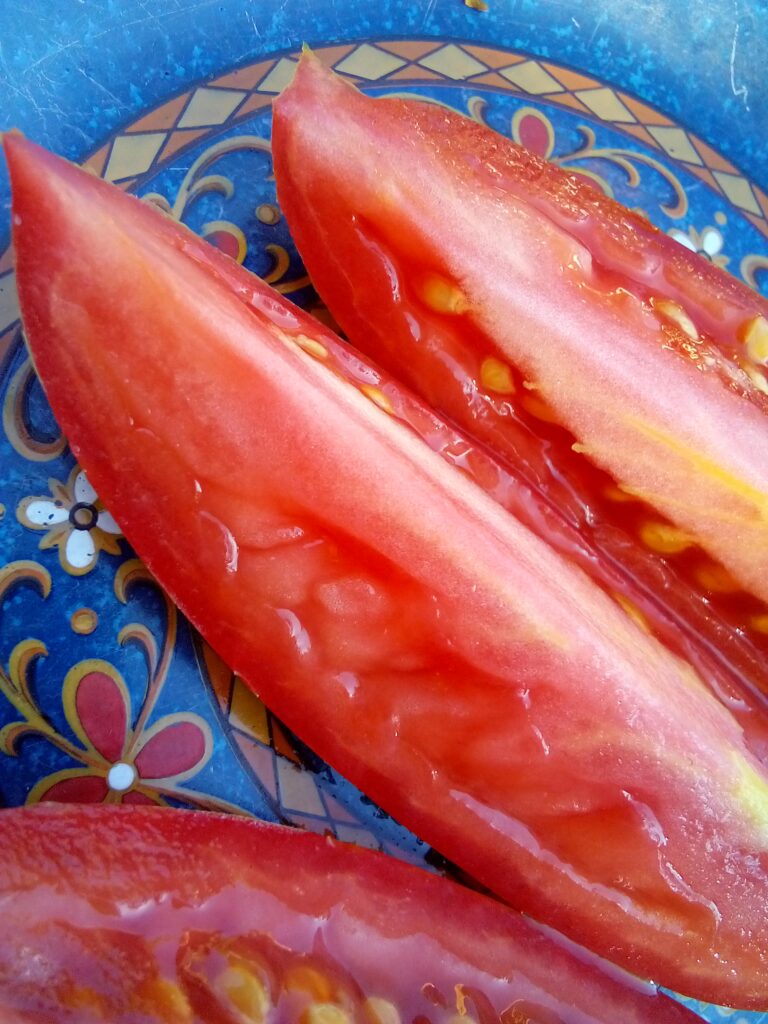
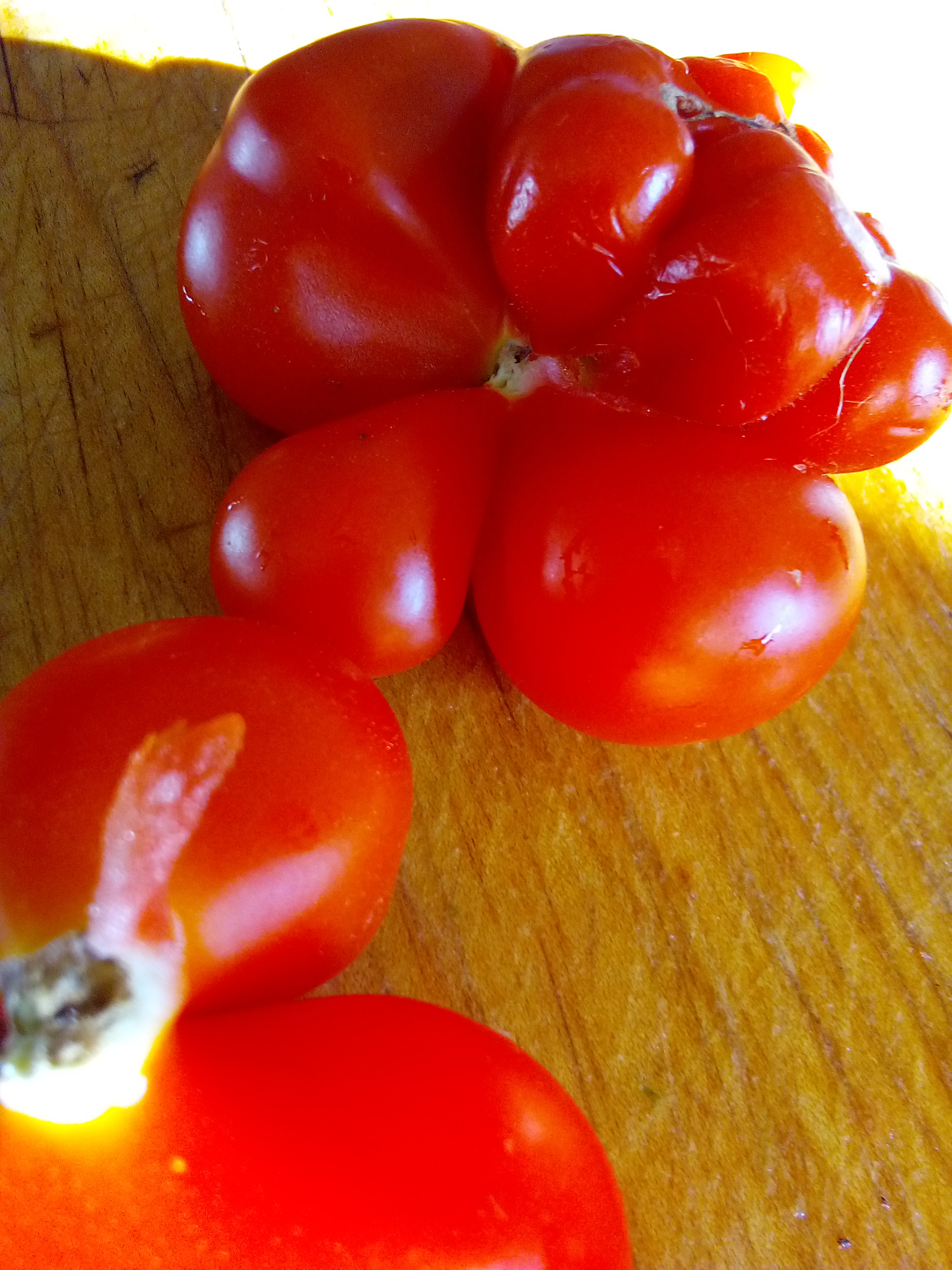
DIY Tomato Seeds – Why Bother Saving Your Own?
Tomatoes are among the easiest crops to save seeds from. When you choose to make DIY tomato seeds, you are not only saving money, but also investing in your garden’s future. Seed saving means you can:
- Grow the same delicious variety each season
- Adapt plants naturally to your local climate
- Preserve rare heirloom tomatoes
- Share seeds with fellow gardeners
It’s a small act of independence, but it connects you to generations of gardeners who passed down seeds as part of their heritage.
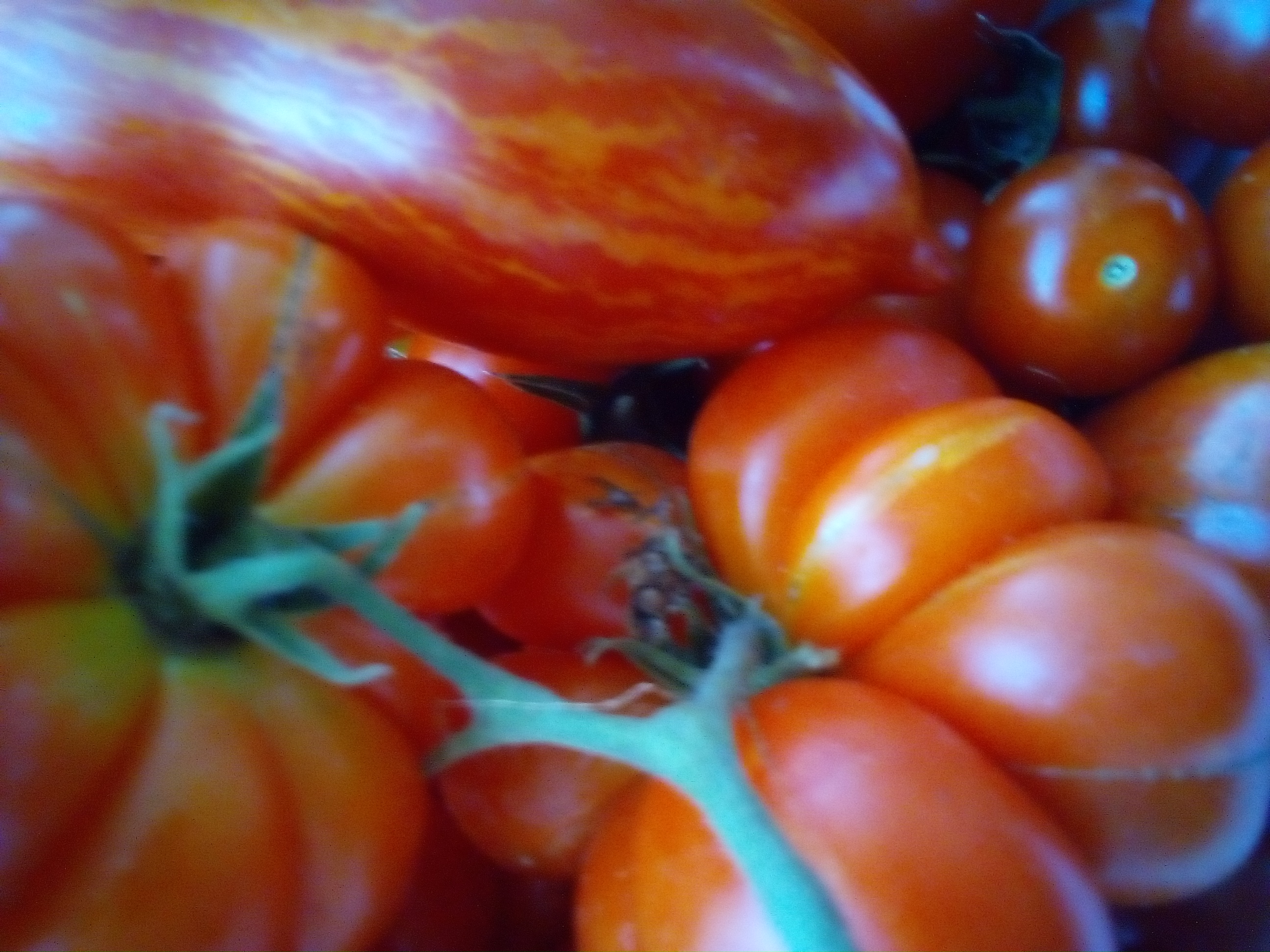
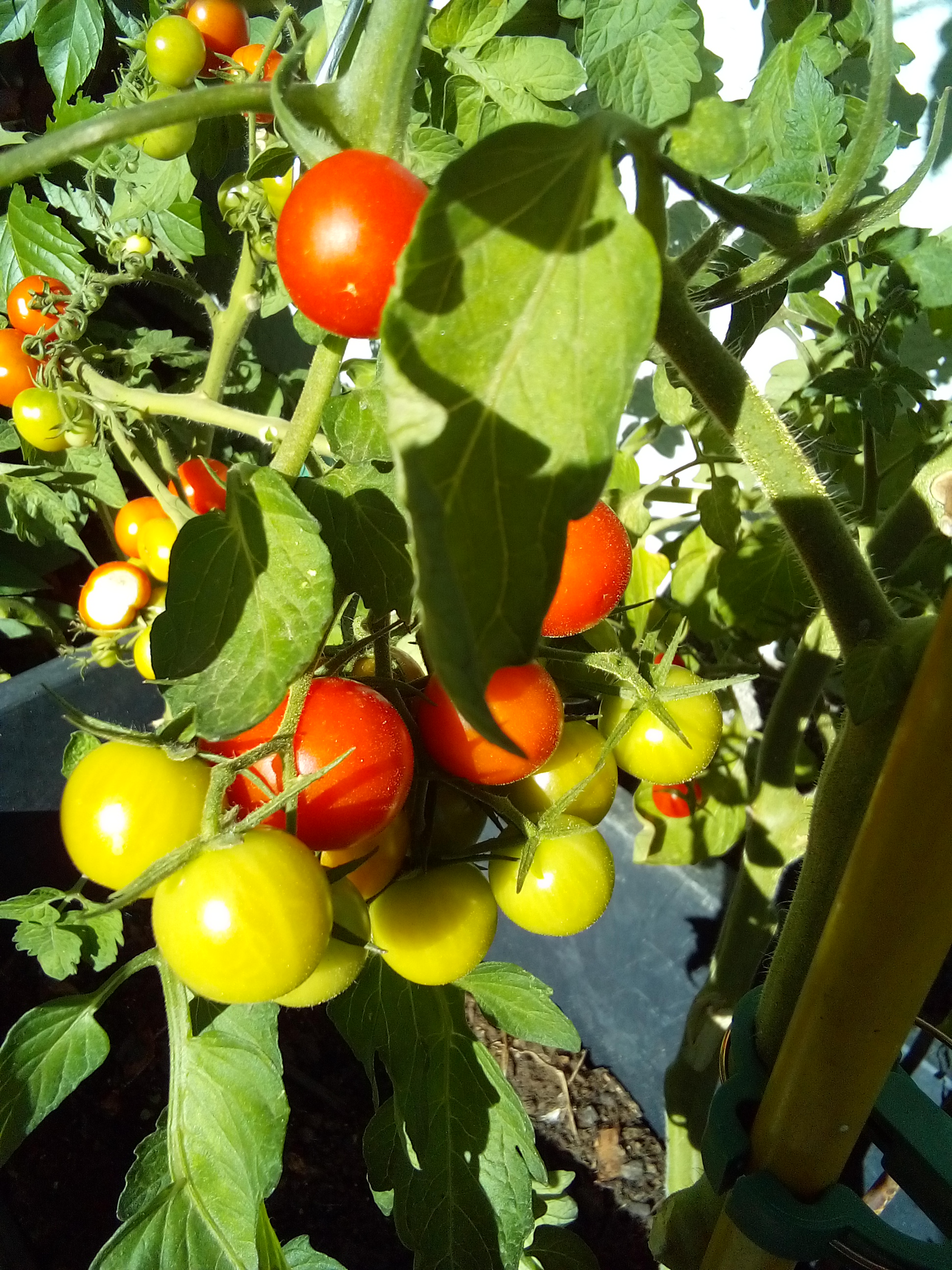
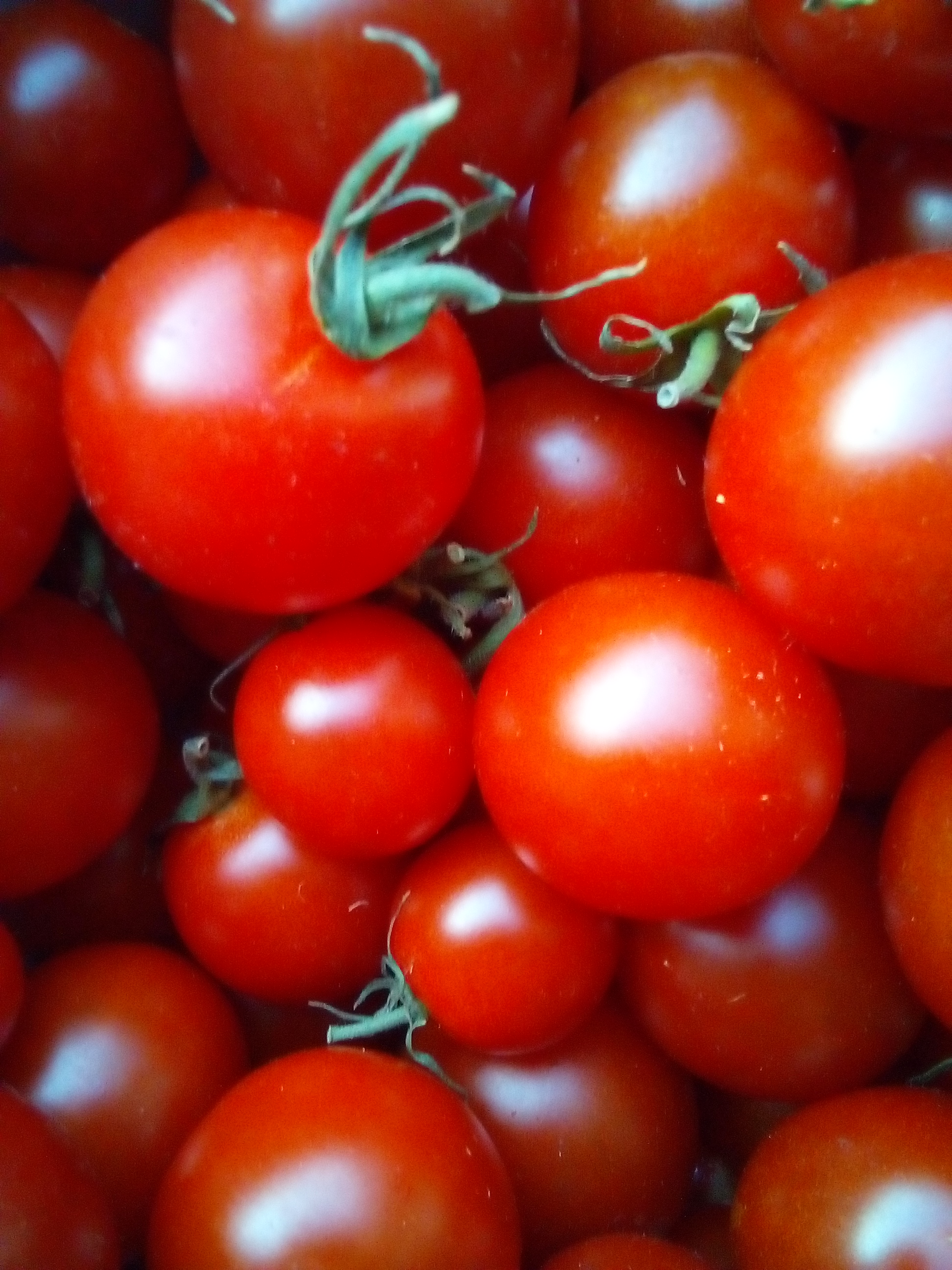
How to Save Tomato Seeds Without Fermenting
Sometimes, life is busy and you just want the quickest method. Learning how to save tomato seeds without fermenting is perfect for beginners. Here’s how:
- Scoop the seeds from ripe tomatoes
- Rinse them well under running water
- Spread the seeds on a paper towel or coffee filter
- Let them dry for 5–7 days in a warm, airy spot
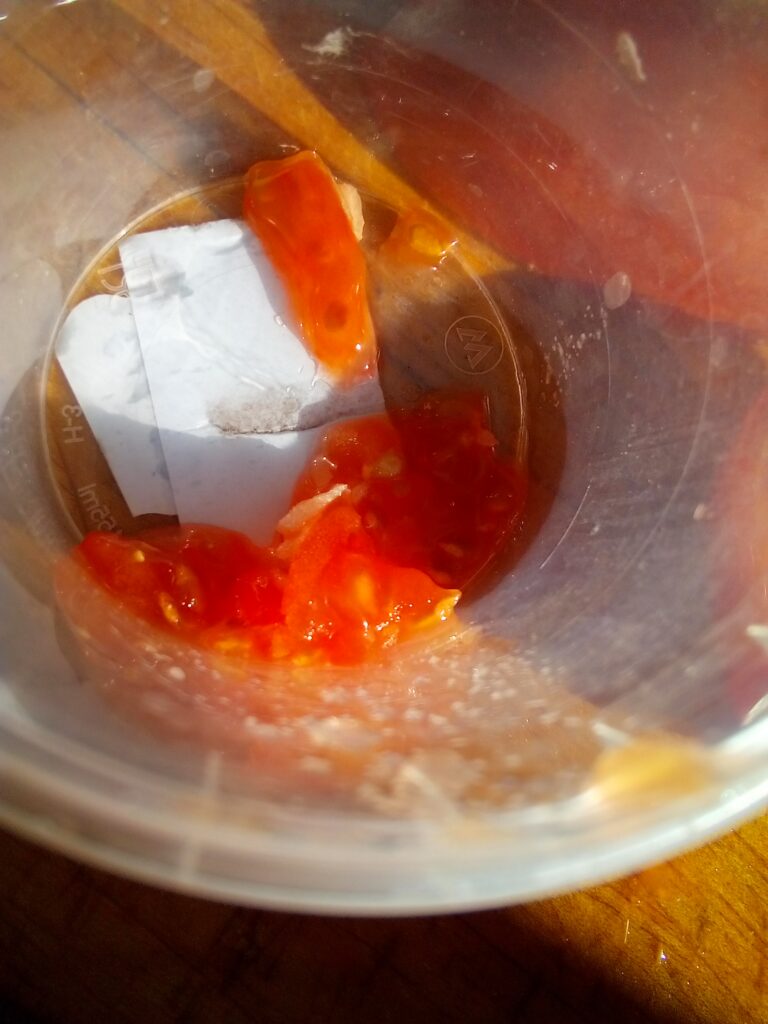
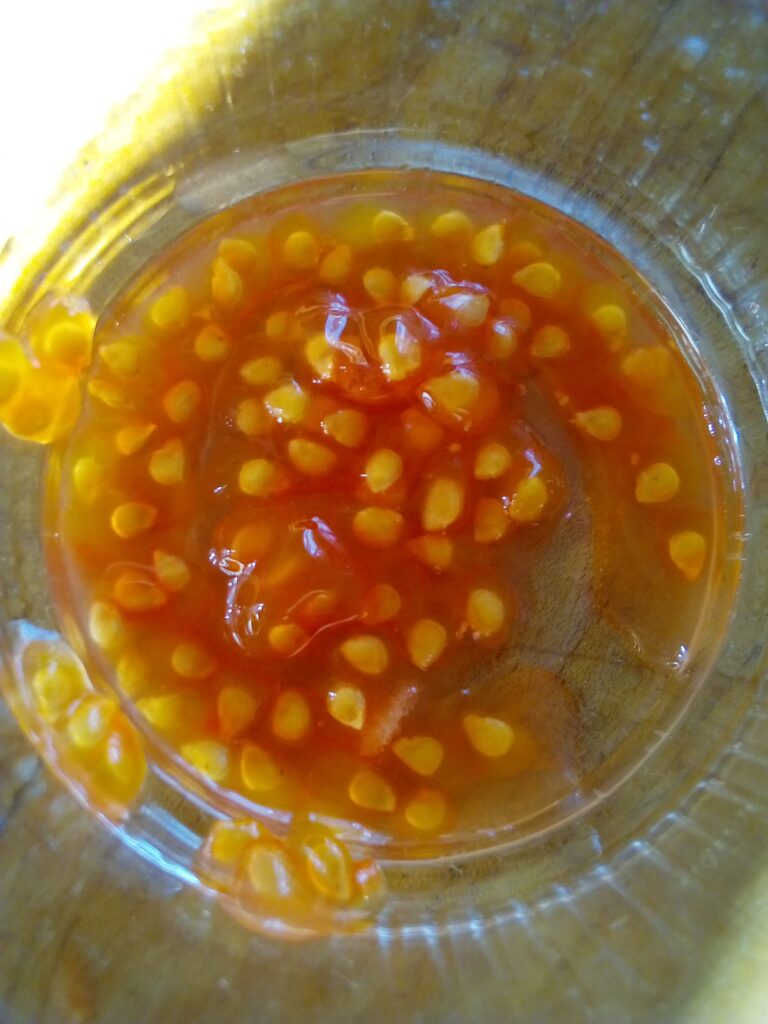
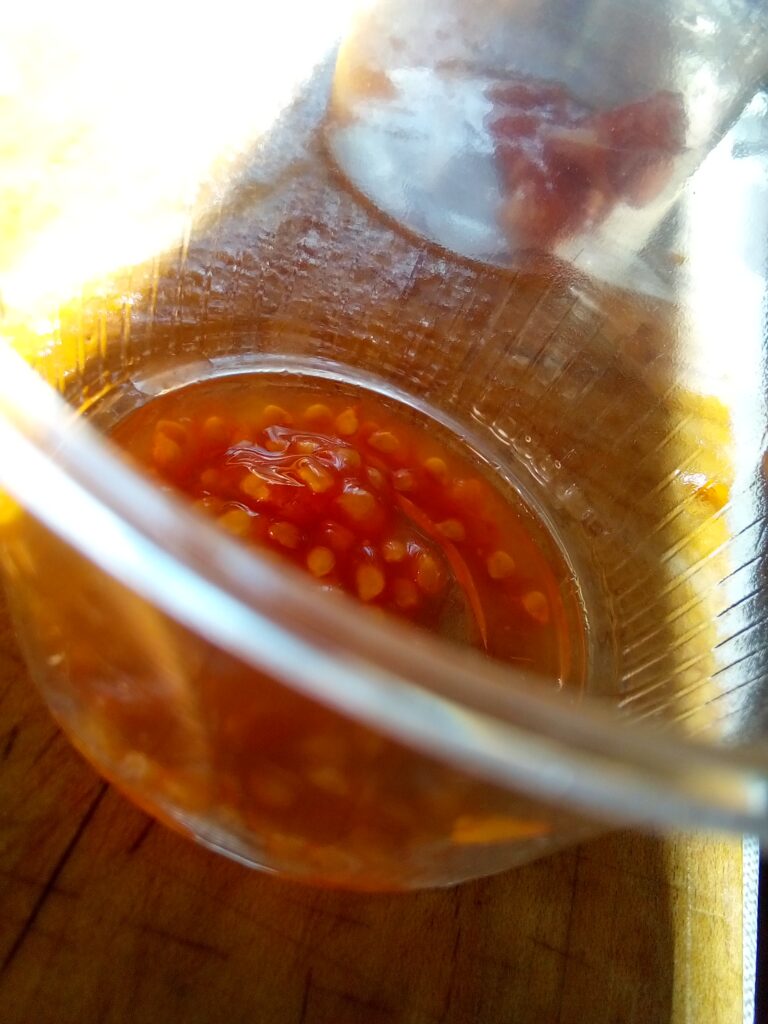
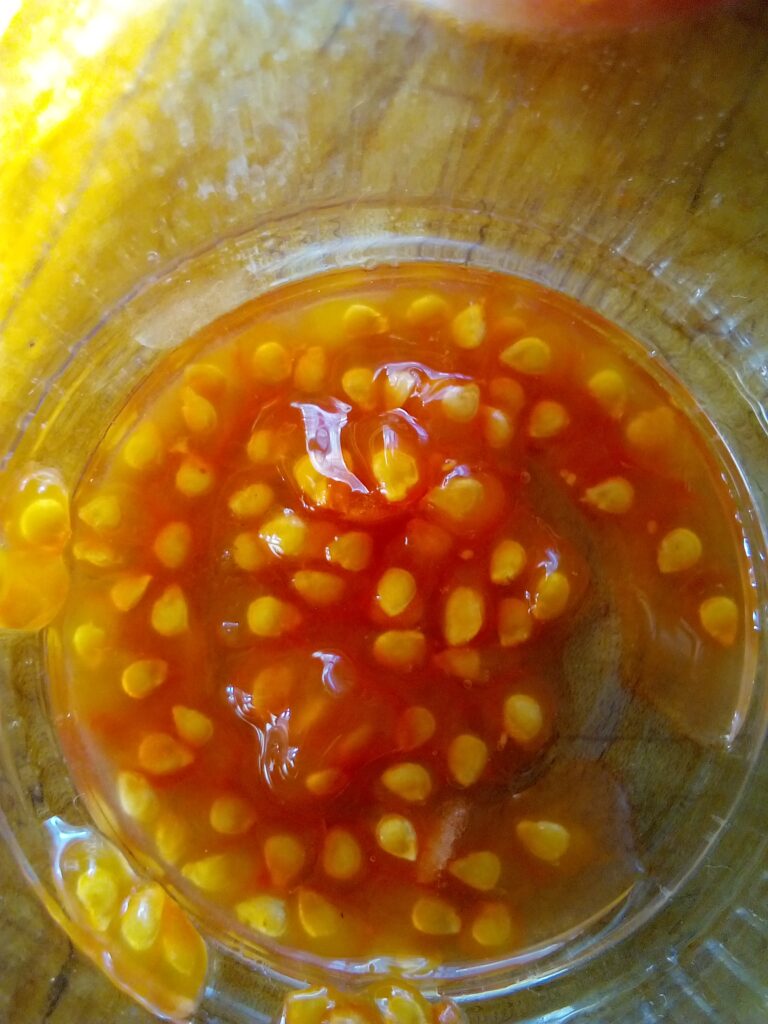
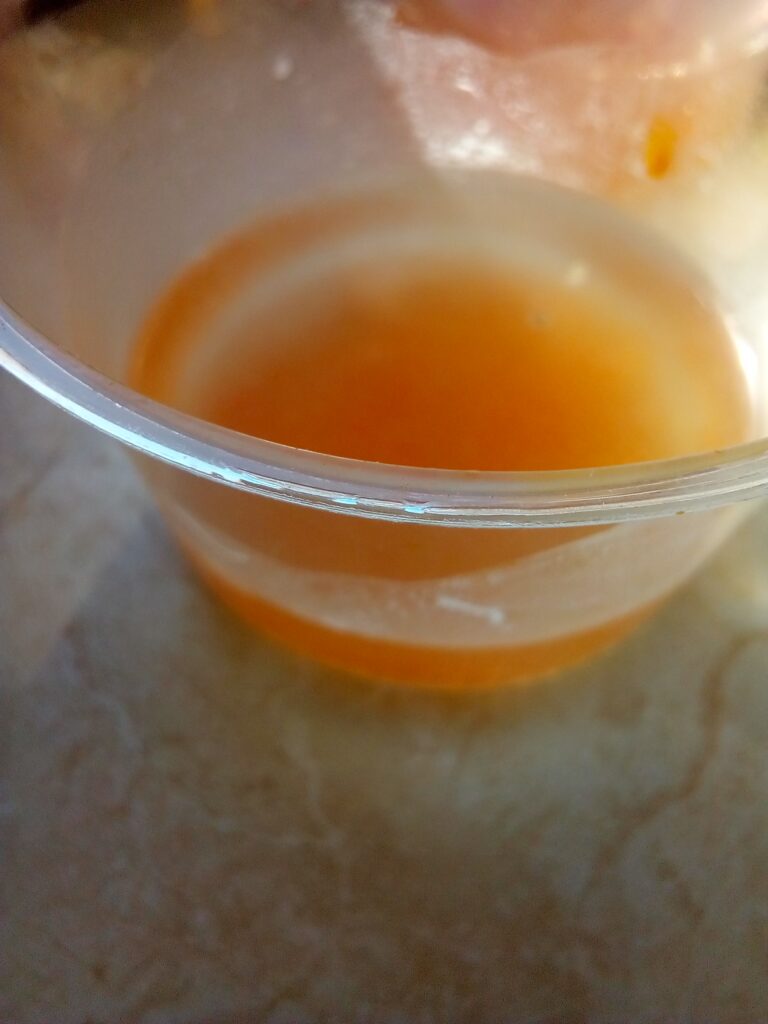
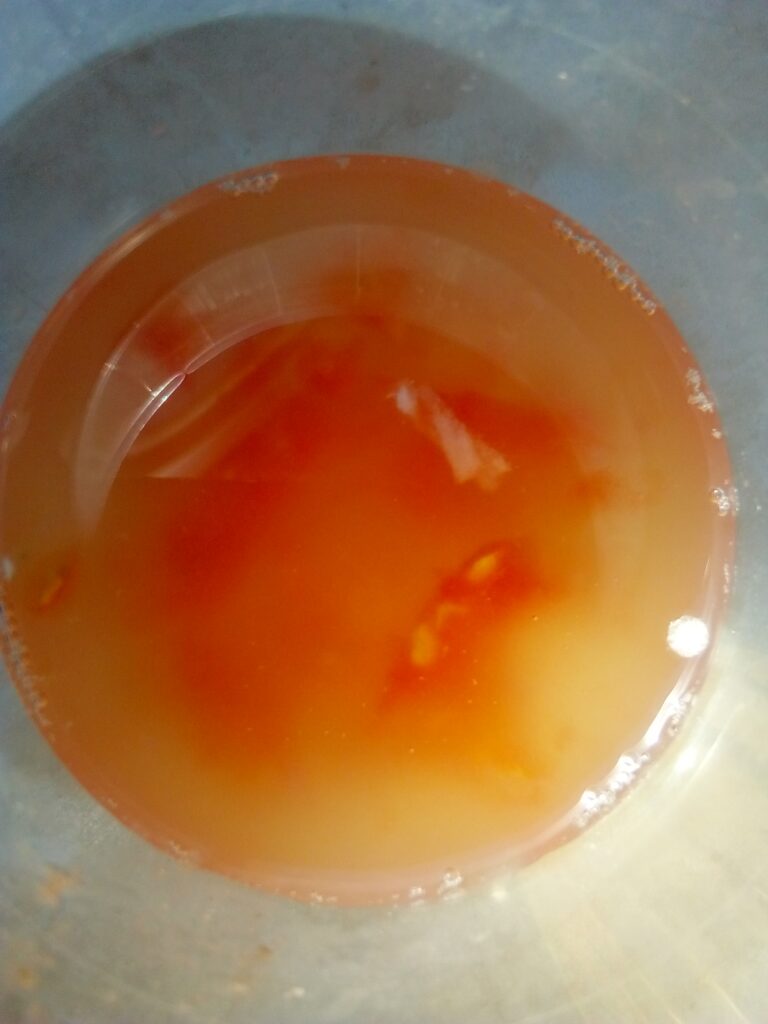
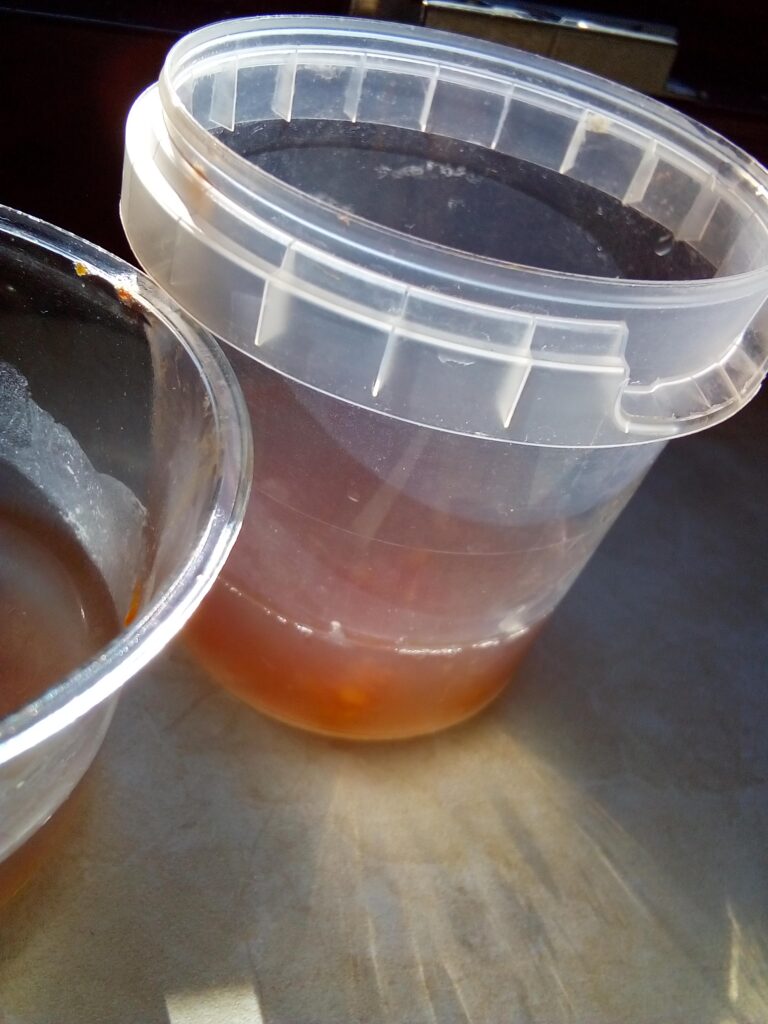
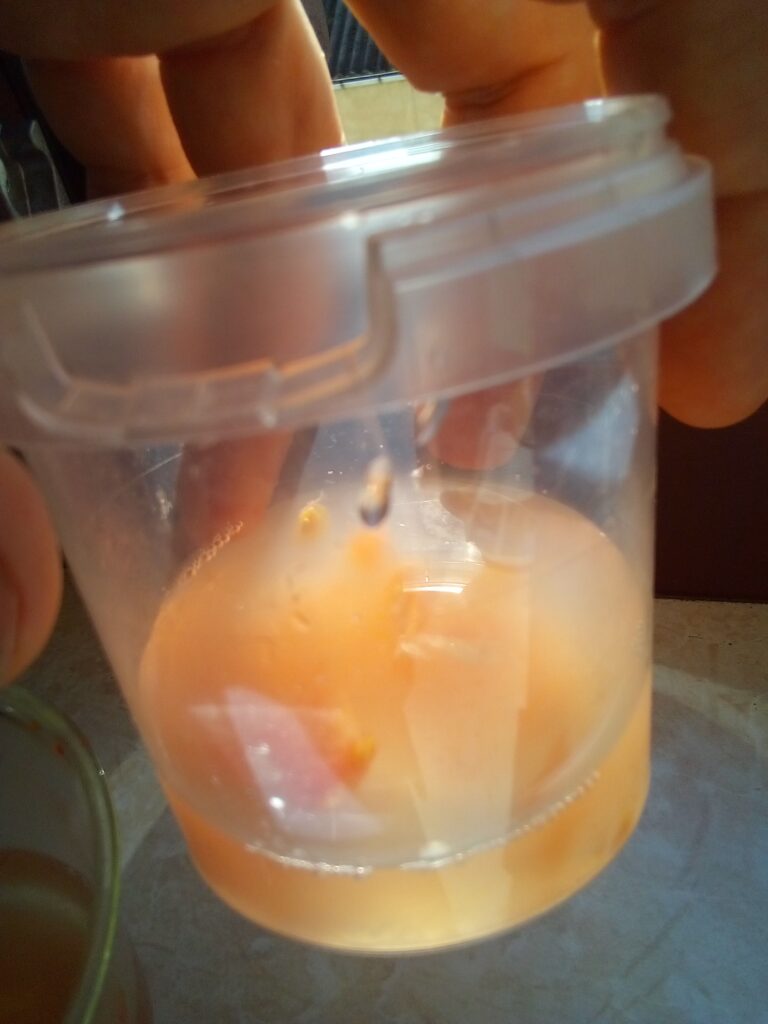
Pro Tip: DIY Tomato Seeds While Making Salad
Seed saving works especially well when you’re already handling very ripe tomatoes in the kitchen. For example, while slicing tomatoes for a fresh tomato salad without onions, you can simply scoop out the seeds and set them aside to dry. It’s an easy way to combine everyday cooking with DIY tomato seeds and connect your kitchen directly to your garden.
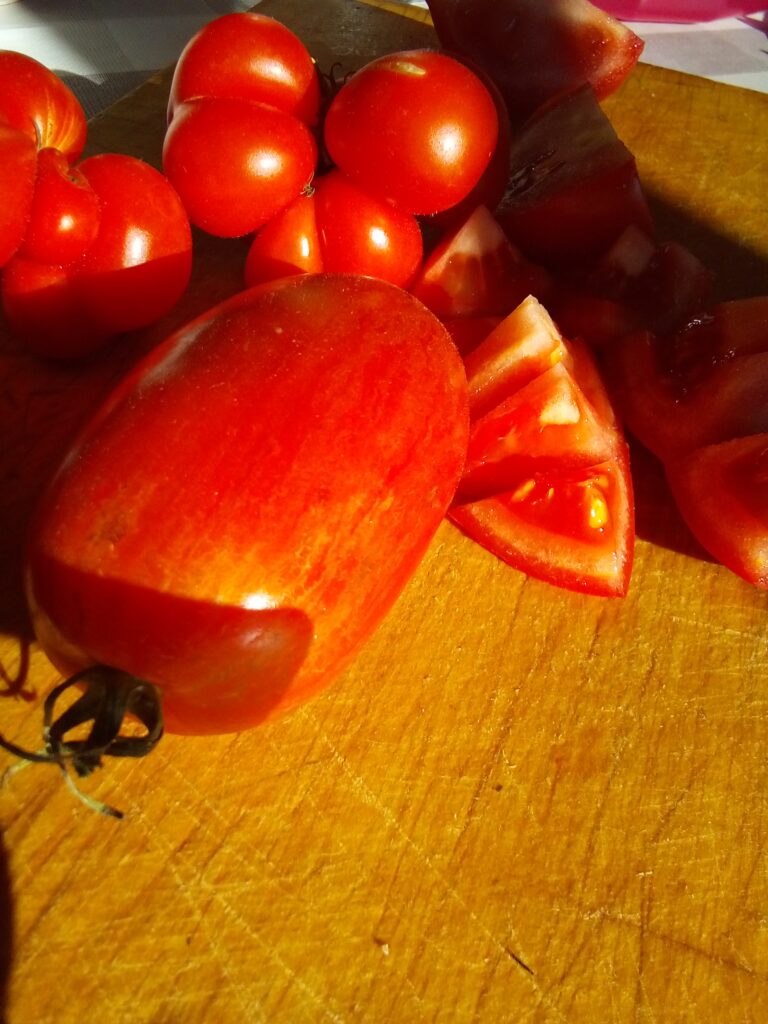

Benefits of Saving Tomato Seeds Without Fermenting
Why would you choose this method?
- It’s fast—no waiting days for fermentation
- It’s less messy—no jars of fermenting pulp in your kitchen
- It’s ideal for small batches or quick experiments
However, there’s a trade-off. Saving tomato seeds without fermenting may leave behind some of the natural gel coating, which can slightly reduce germination rates. Still, for most home gardeners, this method works well enough.
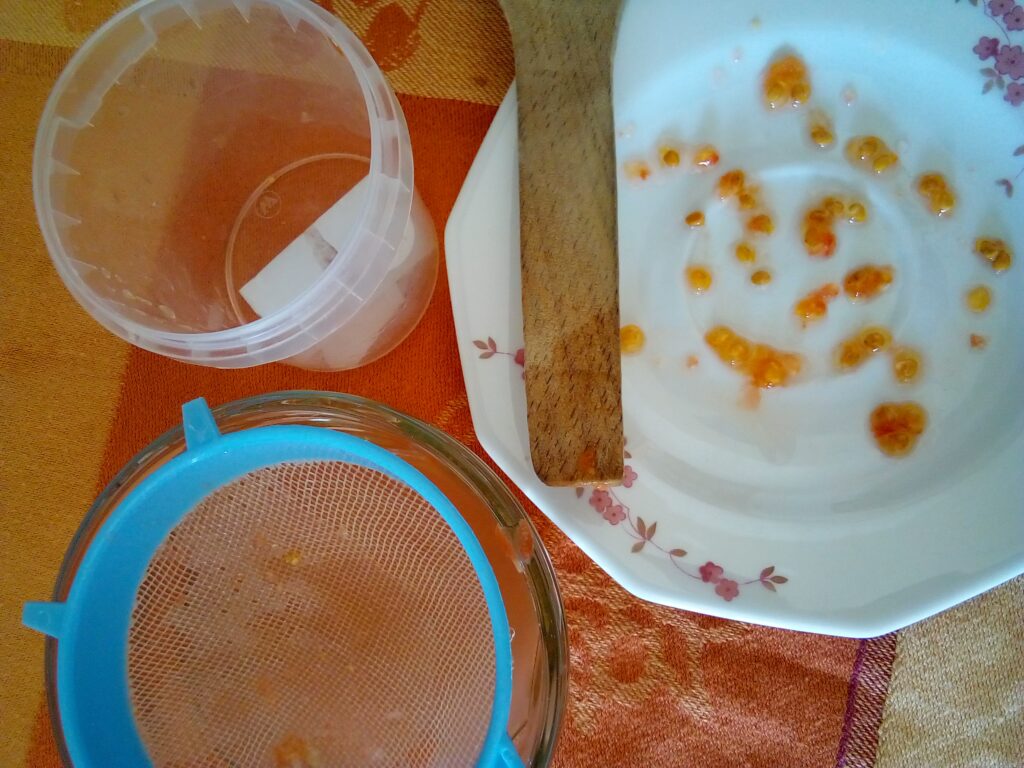
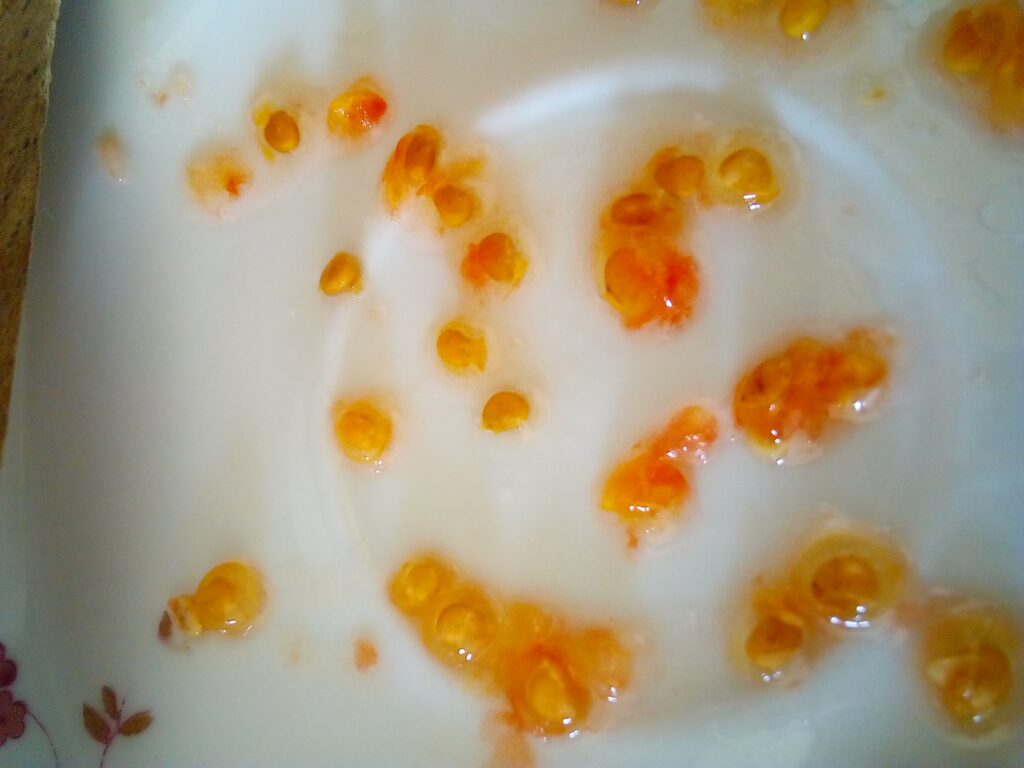
How to Ferment Tomato Seeds
If you want the best germination rates and disease-free seeds, then you’ll want to know how to ferment tomato seeds. The process may sound intimidating, but it’s actually very straightforward:
- Place the seeds and pulp into a small glass jar
- Add a little water and stir
- Cover the jar loosely so air can flow
- Stir once a day to mix the pulp and seeds
- Wait for a thin layer of white mold to appear on the surface
That mold is a good sign—it means the fermentation is breaking down the gel around the seeds and killing off harmful bacteria.
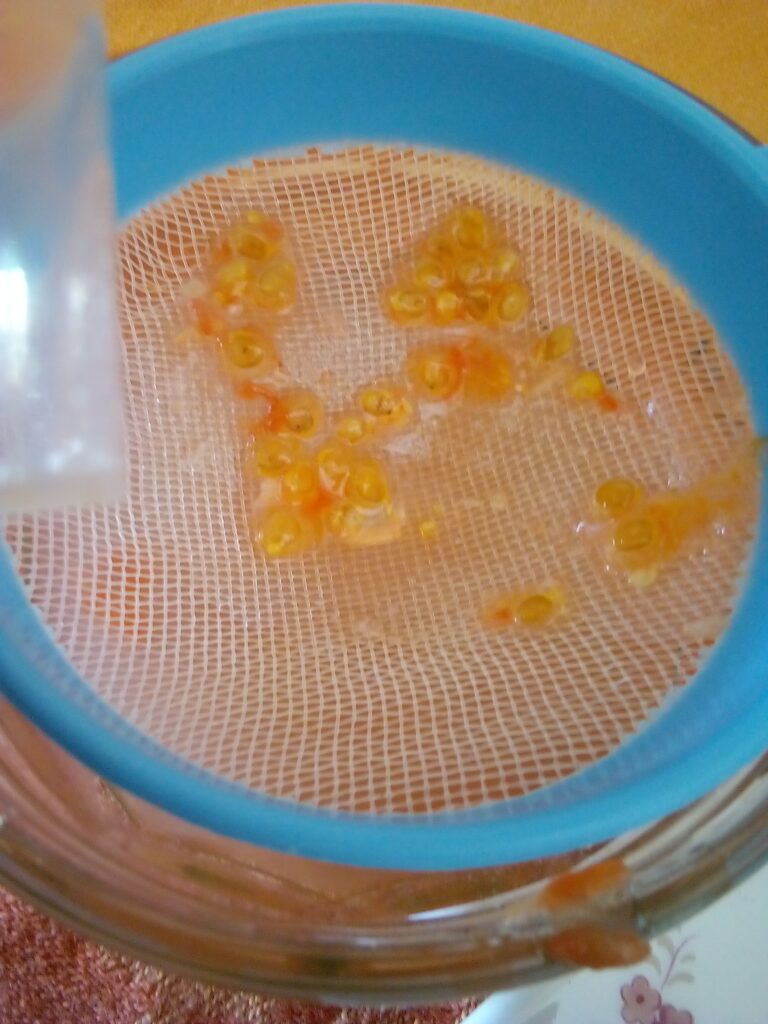
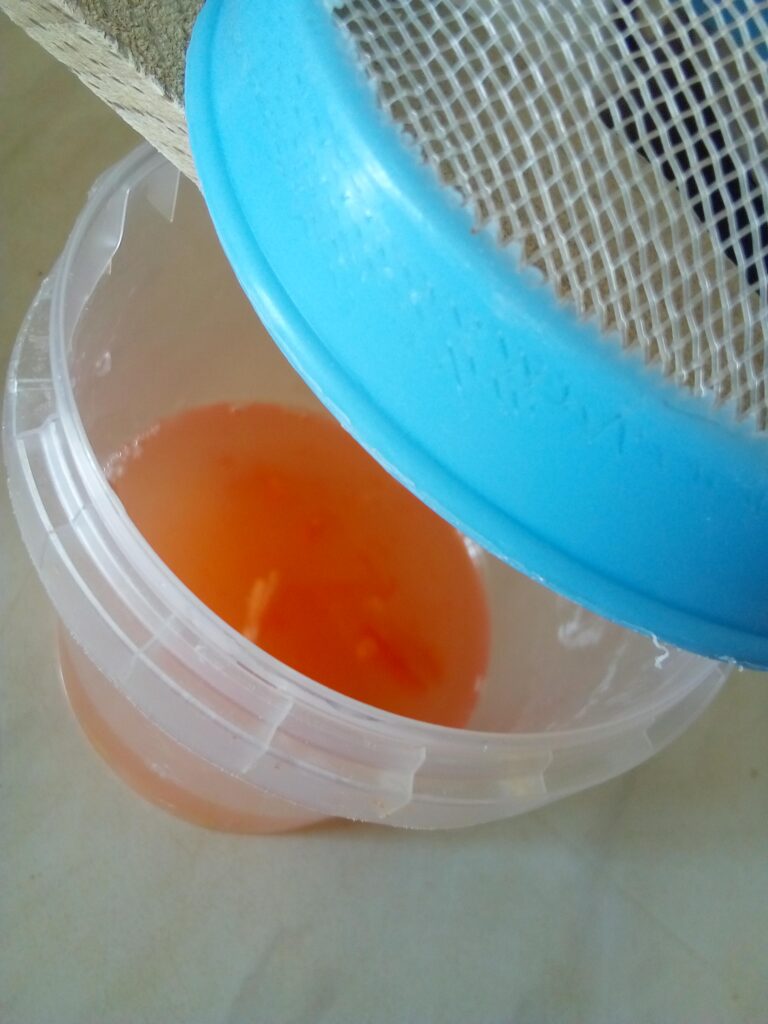
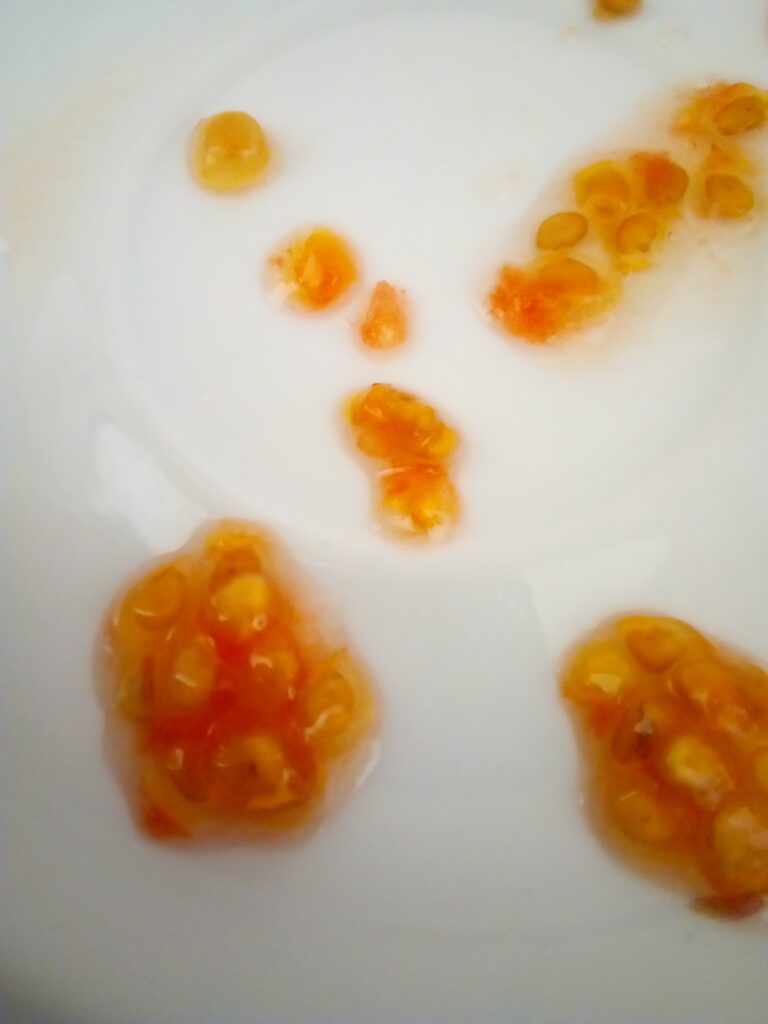
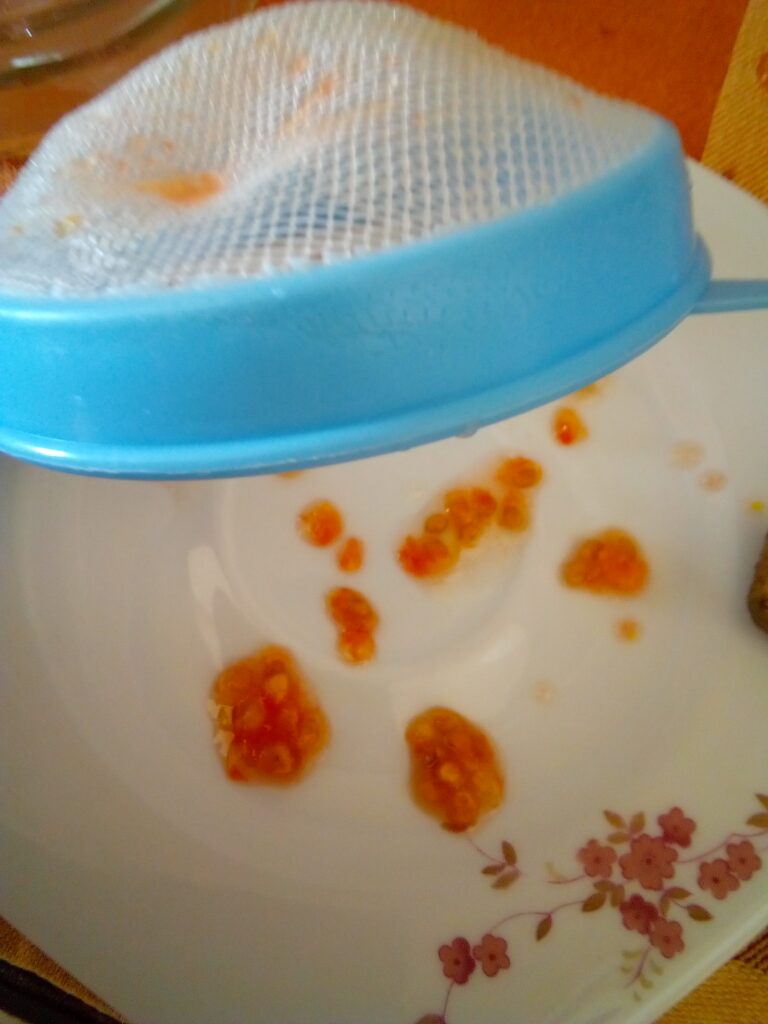
How Long to Ferment Tomato Seeds
So, exactly how long to ferment tomato seeds? Timing is crucial:
- Usually, 2–4 days is enough
- In warm conditions, seeds ferment faster
- Stir daily and check progress
- Once you see mold and the gel coating is gone, rinse and dry the seeds
Leaving them too long can cause sprouting in the jar, so keep an eye on them. With a bit of practice, you’ll find the perfect balance.
Storing Your DIY Tomato Seeds
Once your seeds are dry, proper storage makes all the difference:
- Label with tomato variety and date
- Use paper envelopes or glass jars
- Keep seeds in a cool, dark, dry place
- Add silica gel packs to prevent moisture
- Seeds can remain viable for up to 5 years
This way, your DIY tomato seeds will always be ready for the next planting season, giving you endless harvests without spending extra money.
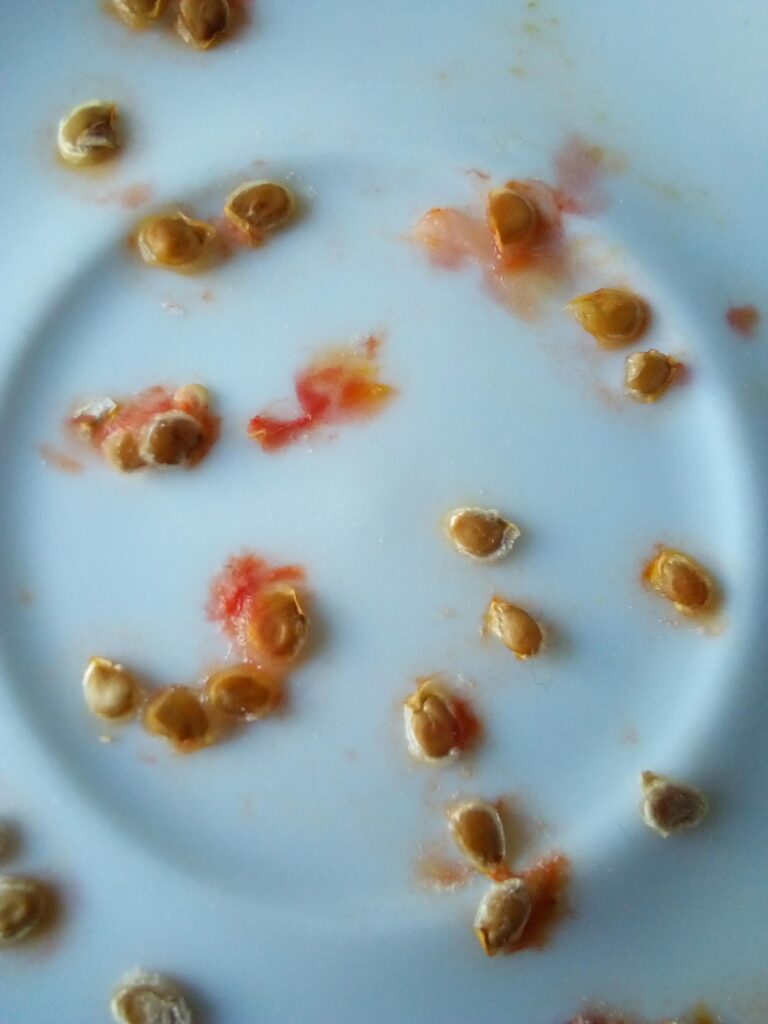
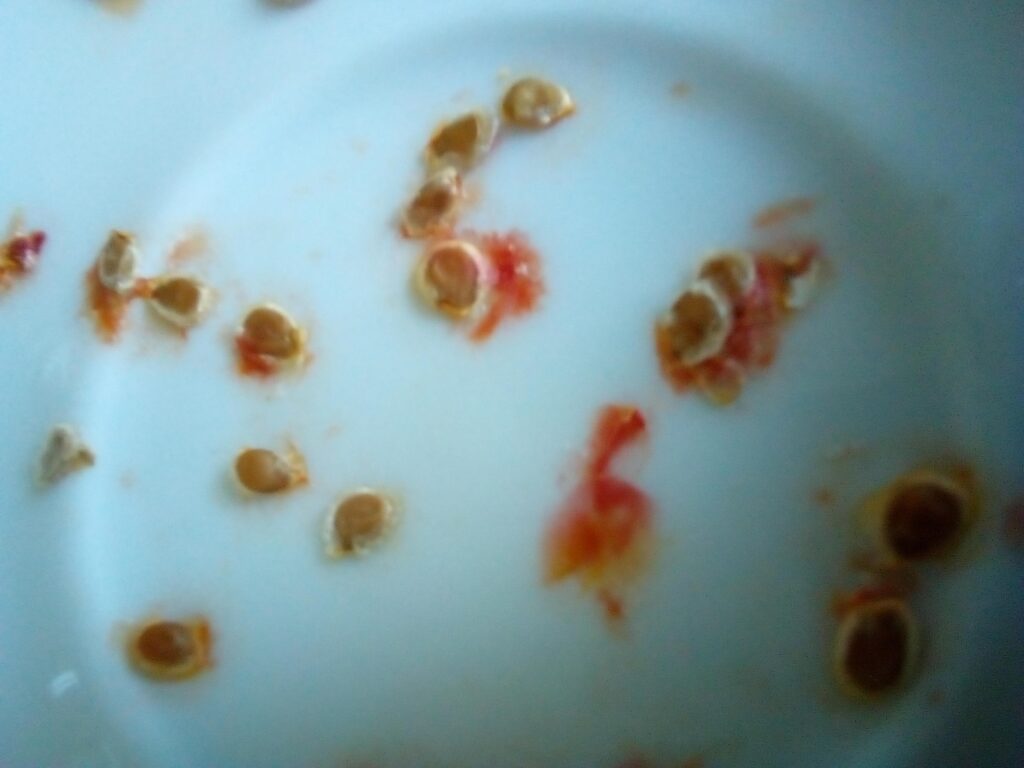
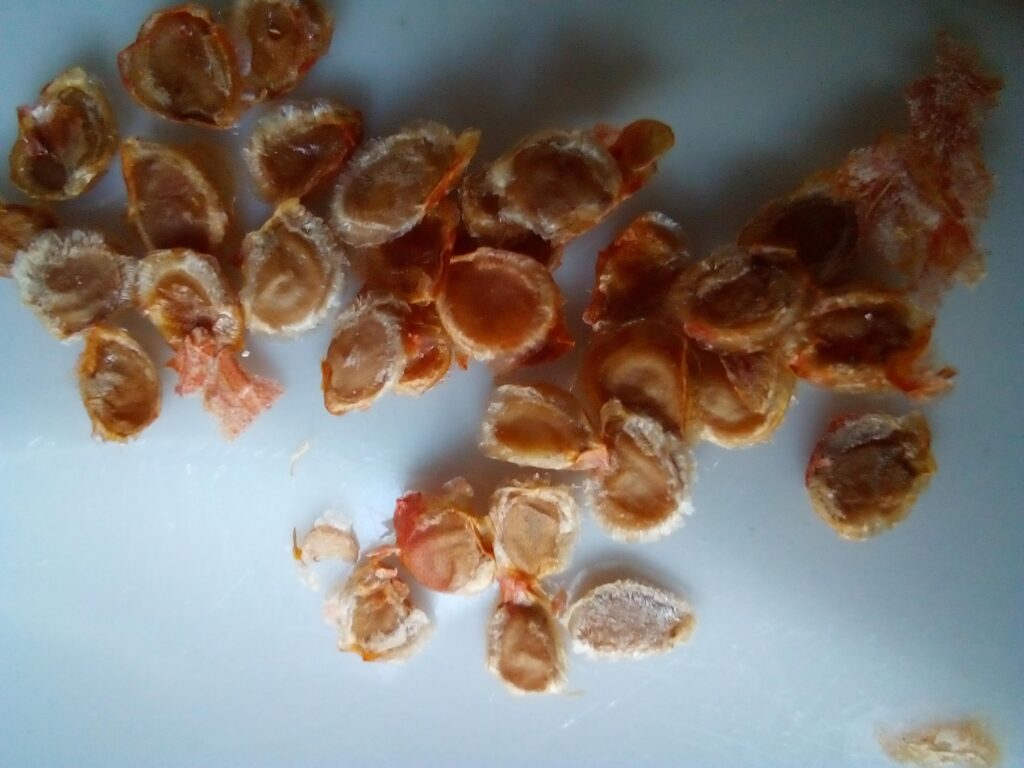
Final Thoughts
Whether you choose the quick route of saving tomato seeds without fermenting, or the traditional fermenting method, the result is the same: a more resilient and personal garden. Learning how to save, ferment, and store tomato seeds is one of the simplest ways to connect with nature and ensure your tomatoes keep thriving year after year.
And if you’d like to try a delicious way of using up ripe tomatoes while saving seeds at the same time, check out my recipe for a fresh and simple Tomato Salad Without Onion.
It’s a mindful, empowering practice that brings you closer to your food and to the rhythm of the garden. And the next time you bite into a sun-warmed tomato, you’ll know it all began with a handful of seeds you saved yourself.
FAQ
Why should tomato seeds be fermented before saving?
Fermentation removes the gel coating around the seeds, kills harmful bacteria, and increases germination rates.
How long does it take to ferment tomato seeds?
Fermentation usually takes 2–4 days at room temperature, depending on conditions.
What is the best way to store fermented tomato seeds?
Once completely dry, keep the seeds in a labeled paper envelope or glass jar in a cool, dark place.
Can I save seeds from hybrid tomato varieties?
Hybrid seeds may not grow true to type. For reliable plants, save seeds from open-pollinated or heirloom tomatoes.
How long do fermented tomato seeds remain viable?
Properly dried and stored seeds stay viable for about 4–6 years.
Relax and Reconnect with my Bold and Easy Gardening Coloring Book
I created this coloring book for anyone who, like me, sometimes just needs a quiet moment. Whether you’re taking a break from a busy day or winding down after time in the garden, the Bold and Easy Gardening Coloring Book invites you to slow down, breathe, and reconnect. Click the link to preview it on Amazon and grab your copy today—for yourself or as a thoughtful gift for someone who needs a little more calm.
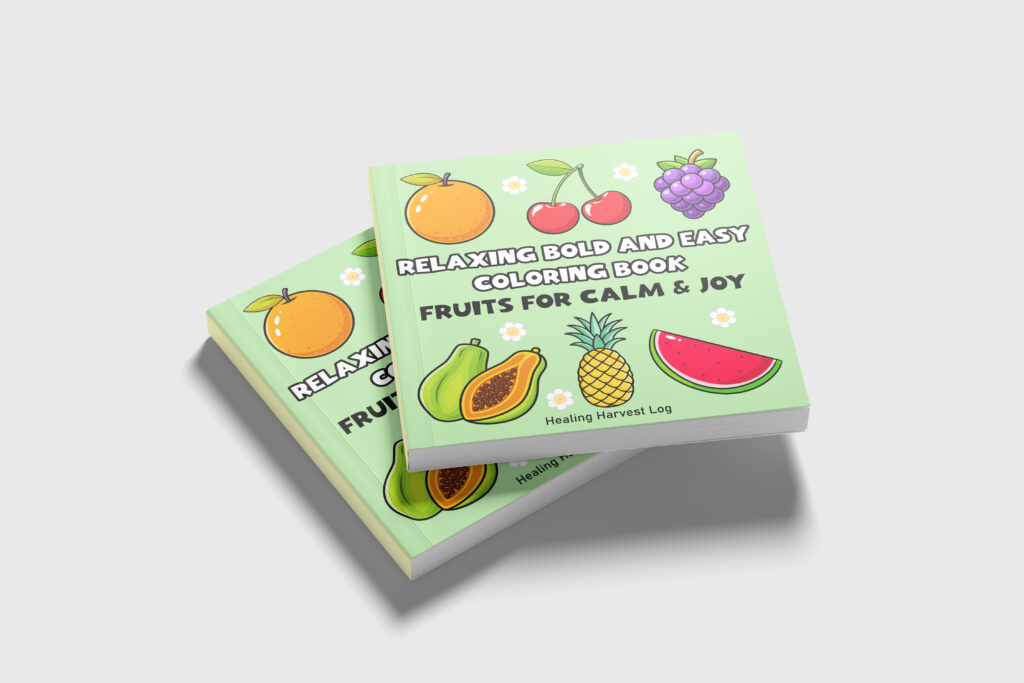
The illustrations are intentionally simple and spacious—herb pots, garden beds, and cozy scenes that spark a sense of joy and calm.
You can preview a few pages with Look Inside on Amazon. It’s a lovely gift for yourself or a fellow garden lover—perfect for mindful moments away from screens. More calm, more color, more garden joy.
